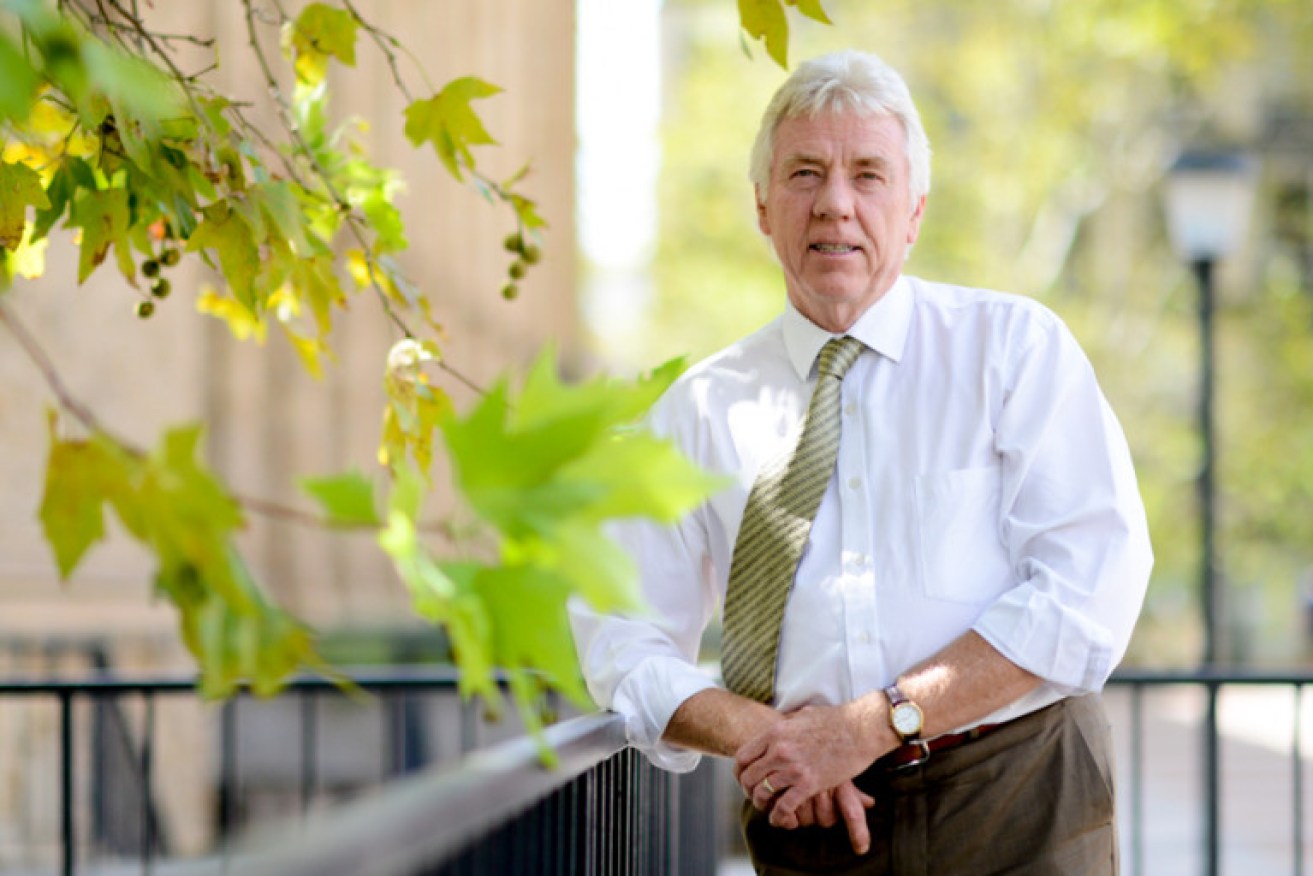South Australia’s unemployment spike underlines the state’s economic slide, analysts say.
Data released yesterday showed that, whether measured by the seasonally adjusted unemployment rate, by the ABS Original or Trend Series measures, unemployment in South Australia increased to the highest level since February 2002 – 7.1%.
“Measured through a full year to March 2014 the figures highlight the need for a serious review of this state’s economy, its labour market practices, trade performance, education and training performance and institutional and regulatory practices that taken together are contributing to a lacklustre state of affairs,” the head of the South Australian Centre for Economic Studies Michael O’Neil said.
In the year to March 2014 total employment declined by 1.9 per cent, full-time employment decreased by 1.9 per cent, part-time employment decreased by 2.5 per cent, the workforce participation rate fell by 1.8 per cent compared to 0.6 per cent nationally; and our labour force participation rate was 62.0 per cent compared with 64.7 per cent nationally.
O’Neil pointed out that the sobering statistics were likely to get worse.
“The year on year picture is before any negative impacts had been felt from the automotive industry, the mining sector or more recent redundancies and lay-offs following the completion of infrastructure projects and recent company mergers and acquisitions,” O’Neil said.
“It is not possible to point to the national economy or slowdown in specific sectors for the malaise in South Australia.
“The year on year data suggests on-going structural transformation, slower population growth, high rate of outward migration and generally poor business conditions – most evident is a decline in private sector investment.
“Compounding this outlook is a large operating budget deficit and an increase in the size of the state debt at a time when the economies of overseas trading partners are looking more vulnerable and the national economy is slowing. All this is constraining policy options.”
O’Neil said there are few signs that the State Government is about to engage with business to reverse the economic slide.
The dialogue between business and government is fractured and there is certainly not a shared economic narrative that might help to guide the way.
“The reality is, based on these figures, we are going backwards.”
The economic malaise evident in the jobs data was further underlined in separate figures on population.
Adelaide recorded the largest decline in its proportion of the national population over the past 22 years, Australian Bureau of Statistics figures show – a figure that housing market analysts say reflects a lack of job opportunities.
“Based on the ABS results, Australian’s are showing an ongoing preference to live in capital cities rather than regional markets,” RPData’s Cameron Kusher said.
“This is largely due to job security found in the cities,” he said.
“With home values rising at a much faster rate in Sydney and in Melbourne than in other capital cities it will be interesting to see over the coming years if we see an outflow of population from Sydney and Melbourne to other more affordable capital city housing markets such as Brisbane and Adelaide.”
New ABS statistics on capital city trends reveal that from 1991 to 2013, the percentage of those living in Adelaide fell from 6.3 per cent to 5.6 per cent.
Kusher said the population fall was matched by a significant drop in the number of houses listed for sale in Adelaide and the value of homes.
Adelaide’s listings for the year fell -16.3 per cent against the national average decline of -6.6 per cent.
Across the national housing market, the data shows first home buyers continue to take little part in the market despite exceptionally low mortgage rates.
In February 2014, first home buyers accounted for 12.5 per cent of all owner occupier finance commitments.
The proportion of first home buyers fell from 13.2 per cent in January 2014 and 14.4 per cent a year earlier.
– with Allanah Arcangeli





